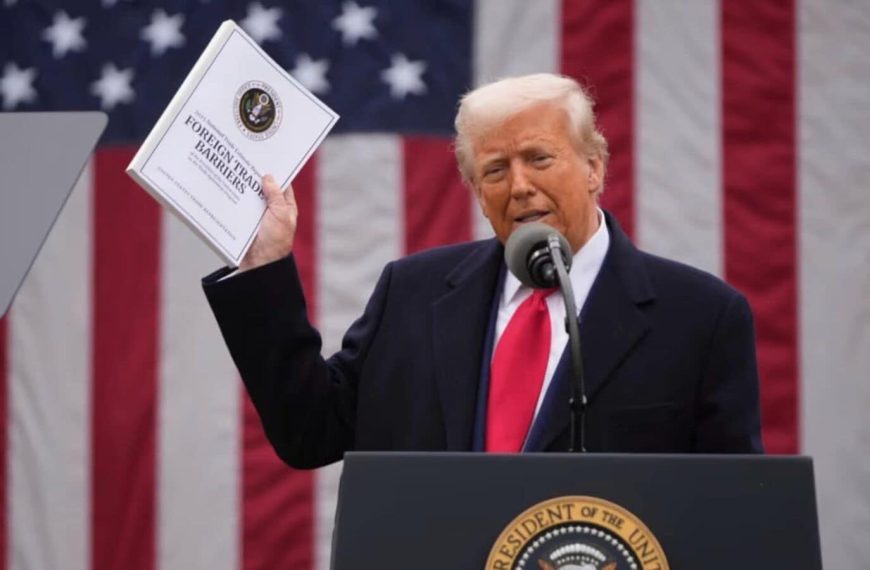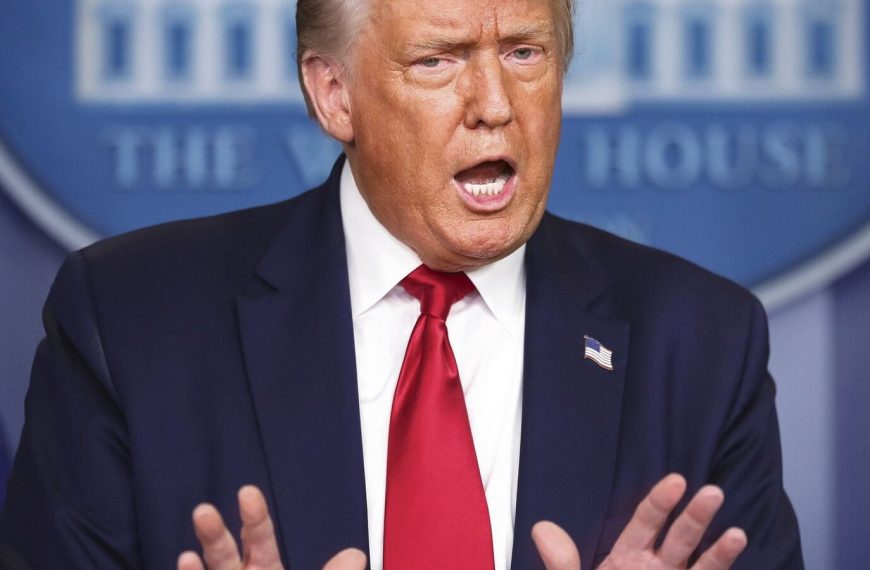On April 3, 2023, the Federation of Indian Export Organisations (FIEO) expressed its concerns regarding the new 27% tariffs introduced by the U.S. government under President Donald Trump. These tariffs present significant hurdles for Indian exporters; however, FIEO President S.C. Ralhan believes India’s competitive stance remains stronger compared to other nations affected by similar tariffs. This situation could lead to opportunities for specific sectors within India, such as apparel and electronics, to redirect their export strategies.
Tariff Impact on Indian Exports
Ralhan emphasized that while the tariffs are challenging, India’s export potential still holds advantages. For context, he pointed out that countries like Vietnam face a staggering 46% tariff, while China and Indonesia are subjected to 34% and 32%, respectively. This positions India favorably against its key competitors, including Bangladesh, Sri Lanka, and Myanmar.
- Vietnam: 46% tariff
- China: 34% tariff
- Indonesia: 32% tariff
The Necessity of a Bilateral Trade Agreement
To combat these tariffs effectively, Ralhan underscored the importance of reaching a Bilateral Trade Agreement (BTA) between India and the U.S. Such an agreement would create a structured approach to tackle tariff-related challenges, minimizing the risk of unilateral trade actions or retaliatory measures. Negotiations are currently underway, targeting a completion of the initial phase by September-October 2023, with aspirations to amplify bilateral trade to $500 billion by 2030, up from $191 billion.
Current Tariff Structure and Trade Dynamics
The U.S. has justified the imposition of these tariffs by highlighting India’s high import duties on American products. As of now, India is already facing a 25% tariff on certain sectors, including steel and aluminum, with a baseline tariff of 10% applicable from April 5-8, 2023, escalating to the new 27% tariffs starting April 9.
From 2021-2022 to 2023-2024, the United States has emerged as India’s largest trading partner, constituting about 18% of India’s total goods exports and 6.22% of its imports. In fiscal 2023-24, India recorded a trade surplus of $35.32 billion with the U.S., showcasing a steady increase from $17.26 billion in 2019-20.
Key Export and Import Figures
In 2024, India’s primary exports to the U.S. have included:
- Drug formulations and biologicals: $8.1 billion
- Telecom instruments: $6.5 billion
- Precious and semi-precious stones: $5.3 billion
- Petroleum products: $4.1 billion
- Gold and jewellery: $3.2 billion
- Ready-made garments: $2.8 billion
Conversely, India’s significant imports from the U.S. comprised:
- Crude oil: $4.5 billion
- Petroleum products: $3.6 billion
- Coal and coke: $3.4 billion
- Cut and polished diamonds: $2.6 billion
Conclusion
As India navigates these evolving trade dynamics, the focus remains on leveraging its competitive advantages while pursuing strategic agreements with the U.S. The successful negotiation of a BTA could play a pivotal role in mitigating the impact of tariffs and fostering robust trade relations.











